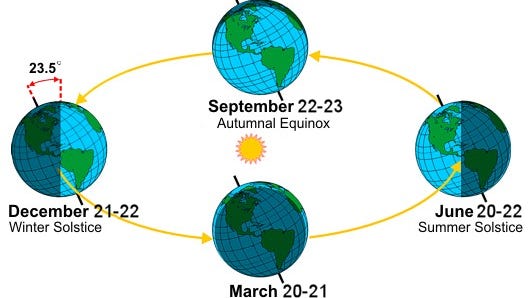The approach of the winter solstice, the day with the least daylight of the year, has special significance in Michigan. The phenomena, which is directly related to the tilt of Earth’s axis away from the sun, signifies the true start of winter.
In Michigan, the winter solstice generally occurs on December 21, but the specific date and time can vary depending on when the sun reaches its southernmost point from the equator. During this time, the state experiences its shortest daylight hours of the year.
Due to Michigan’s geographical location, the amount of daylight during the shortest day of the year ranges from approximately nine hours in its southern parts to just under eight hours in its northern parts. This variance is due to the state’s significant latitude range.
The winter solstice also holds cultural significance, particularly in regions with strong indigenous heritage like Michigan. Winter solstice traditions and celebrations, created to mark the return of longer days, continue to be observed by many Indigenous tribes across the state.
The astronomical event marks the transition into longer days. Following the winter solstice, Michigan and the rest of the northern hemisphere will gradually see an increase in daylight hours, leading up to the summer solstice in June – the longest day of the year.
Last modified: December 13, 2024



